Discover the beauty of Moroccan design, from the colorful Zellige tiles to the intricate handwoven rugs. This guide will introduce you to the key elements that make Moroccan decor unique.
Zellige Tiles
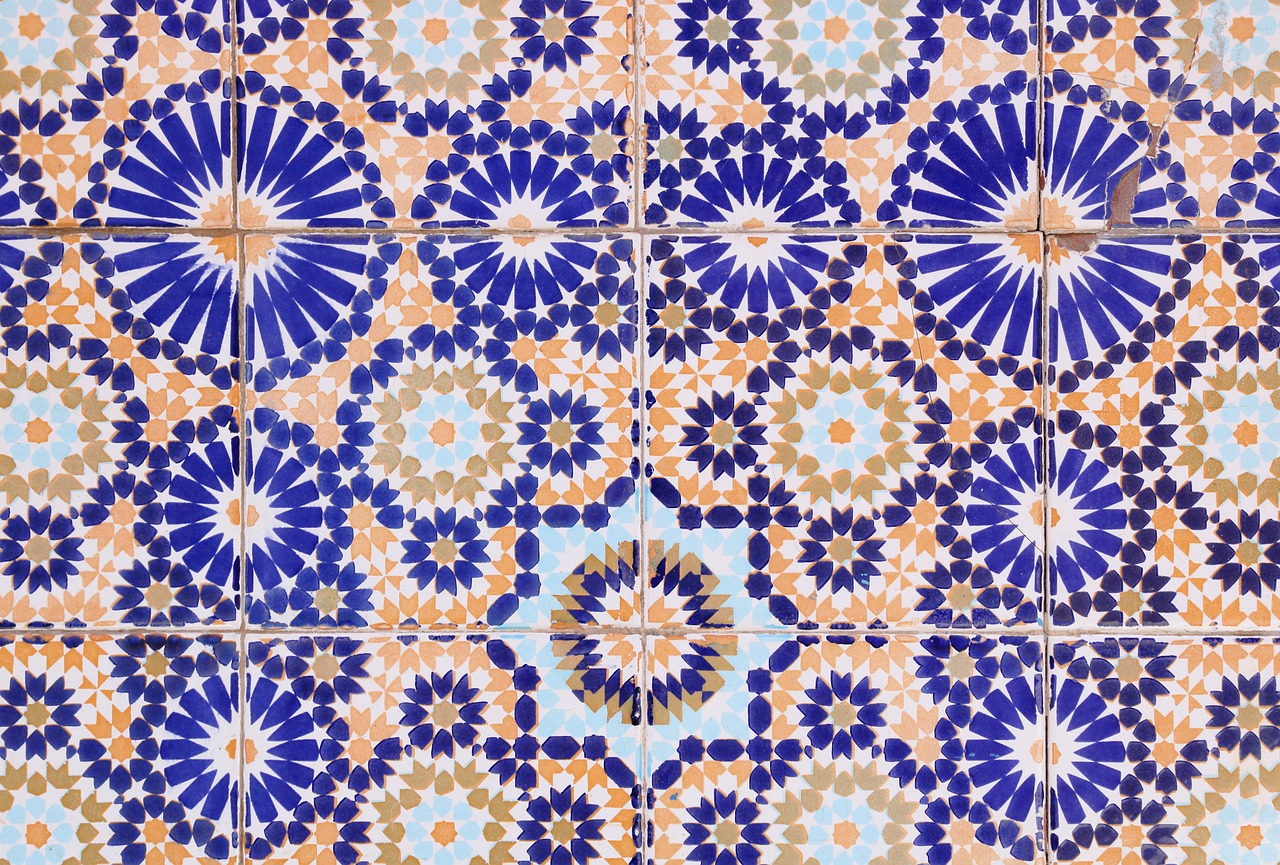
Zellige tiles are celebrated for their bright colors and detailed geometric designs. Originating from Morocco, these tiles are crafted by hand, making each piece unique. Their intricate patterns have adorned palaces, mosques, and homes for centuries, showcasing a rich cultural heritage.
The process of creating Zellige tiles involves cutting glazed ceramic into tiny shapes, which are then assembled into complex designs. This traditional method has been passed down through generations, ensuring that each tile retains its historical significance and artistic value.
In modern interior design, Zellige tiles are used to add a touch of Moroccan style to various spaces. Their versatility allows them to be used in kitchens, bathrooms, and even outdoor areas, providing an exotic and timeless aesthetic that blends well with contemporary decor.
Handwoven Rugs
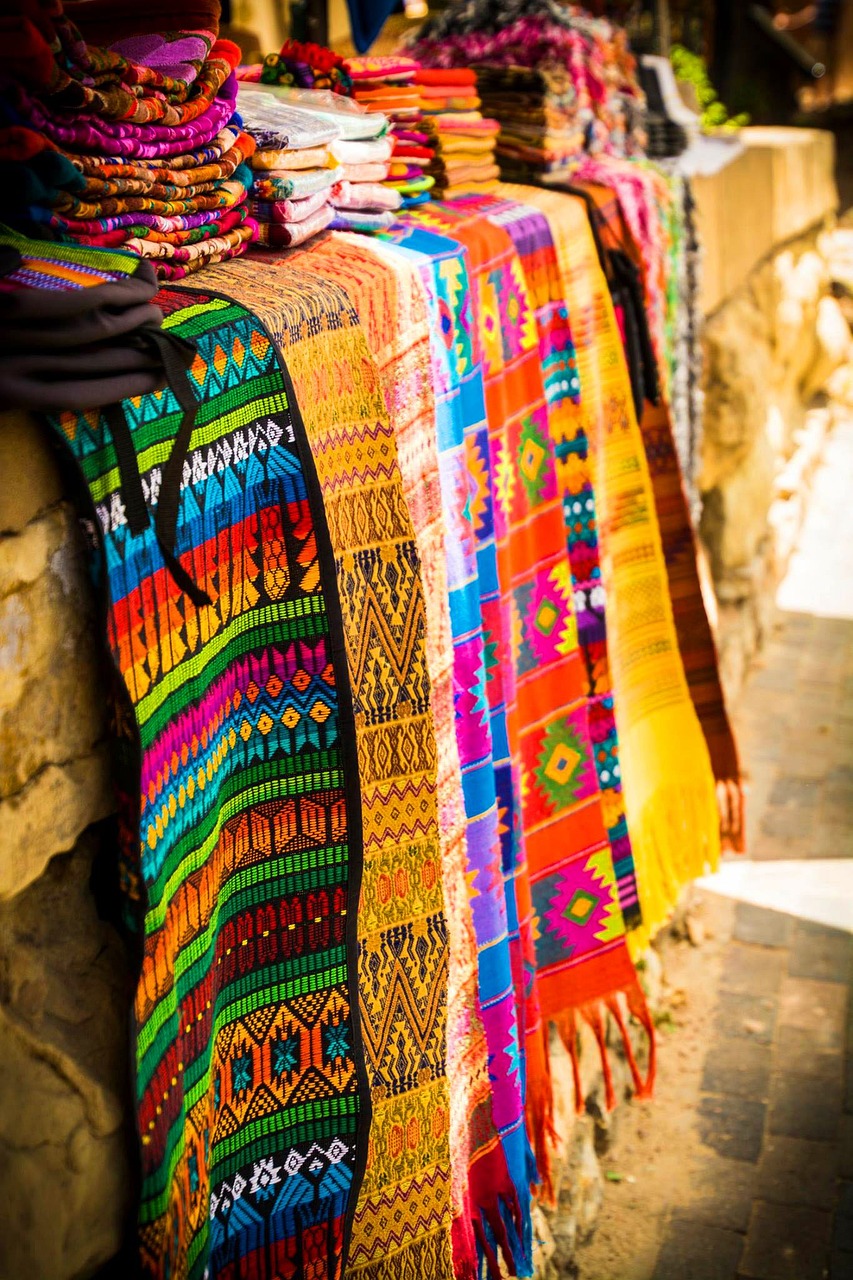
Moroccan handwoven rugs are more than just floor coverings; they are pieces of art. Each rug features unique patterns and colors that reflect the weaver’s personal story and the region’s culture.
The designs in Moroccan rugs often hold symbolic meanings. For example, certain patterns may represent protection, fertility, or luck, making each rug a meaningful addition to any home.
These rugs are crafted using traditional techniques passed down through generations. This ensures that each piece is not only beautiful but also durable and made with a deep respect for craftsmanship.
Lanterns and Lighting
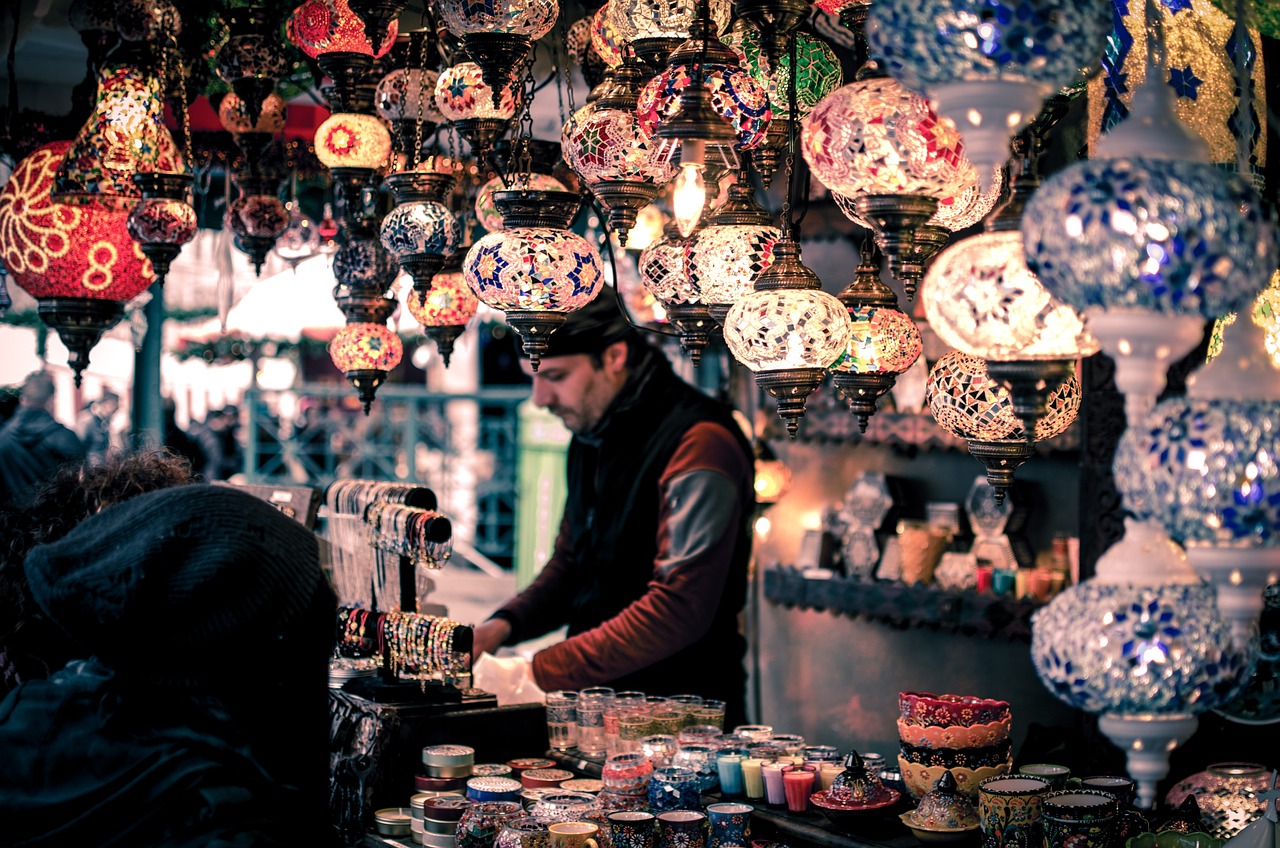
Moroccan lanterns bring an inviting glow to any space. Their detailed designs and colorful glass create a warm atmosphere, perfect for cozy evenings or special gatherings.
These lanterns are known for their durability and craftsmanship. Handcrafted by skilled artisans, each piece reflects a rich cultural heritage and adds a touch of elegance to your decor.
Incorporating Moroccan lanterns into your home is a simple way to embrace Morocco design. Whether hung from the ceiling or placed on a tabletop, they offer a unique blend of beauty and functionality.
Moroccan Furniture
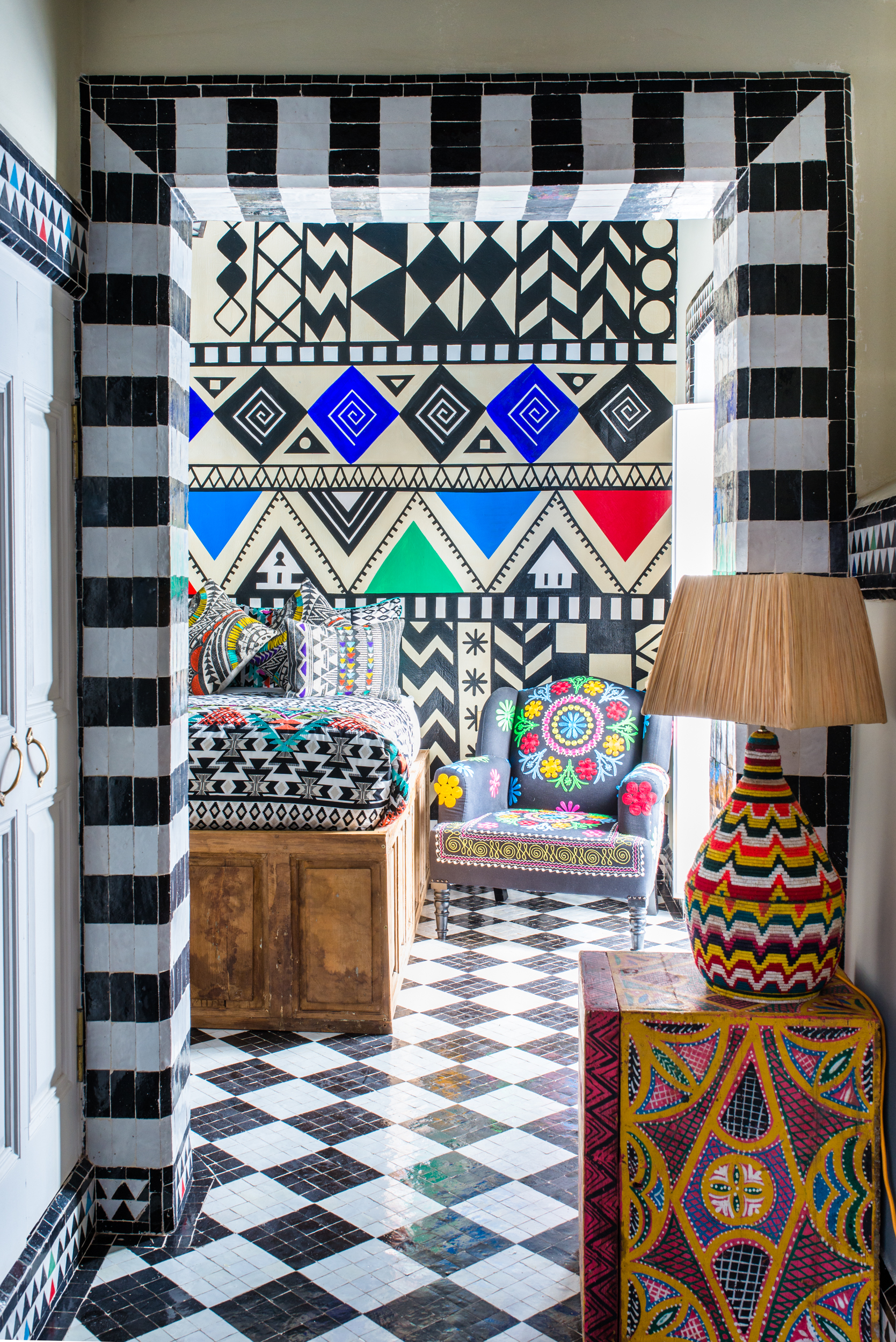
Moroccan furniture is known for its detailed craftsmanship, featuring hand-carved wood and intricate metalwork. Artisans spend countless hours creating each piece, ensuring that it reflects the rich cultural heritage and traditional skills passed down through generations.
The vibrant colors and patterns in Moroccan furniture are inspired by the country’s diverse landscapes and history. From bold geometric shapes to floral designs, each piece tells a story and adds a unique touch to any home decor.
Moroccan furniture often includes multifunctional pieces, such as poufs that serve as both seating and storage. This blend of beauty and practicality makes Moroccan furniture a popular choice for those looking to combine style with functionality in their living spaces.
Moroccan Textiles
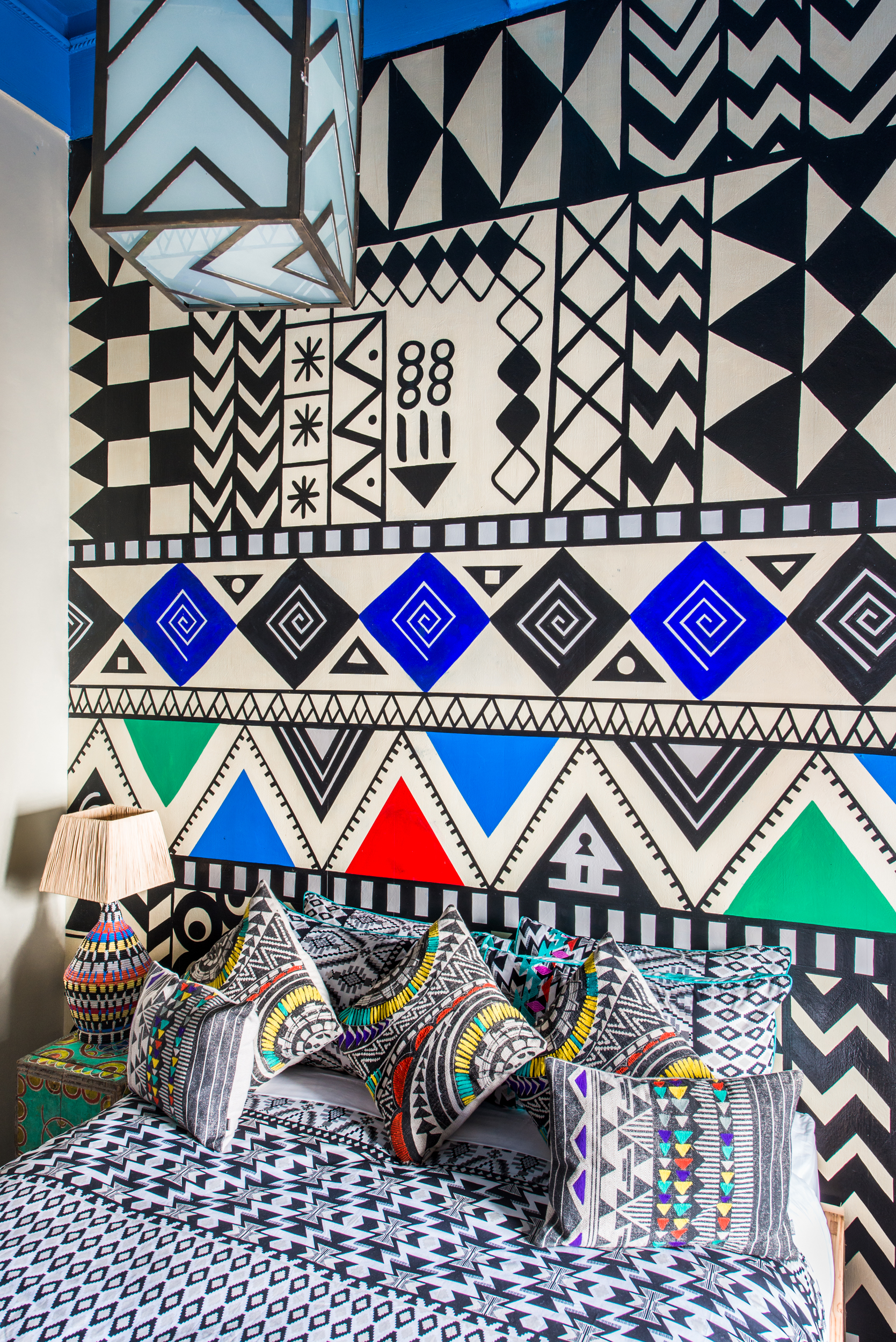
Moroccan textiles are known for their bright and vibrant colors, often using natural dyes. These textiles can add a touch of warmth and character to any space, making them a favorite among home decorators.
The craftsmanship involved in creating Moroccan textiles is truly impressive. Many of these pieces are handwoven using traditional techniques passed down through generations, ensuring each item is unique and of high quality.
From cushions to wall hangings, Moroccan textiles come in a wide range of patterns and designs. Each piece often tells a story, reflecting the cultural heritage and artistry of the region, making them not just decorative items but also pieces of history.


